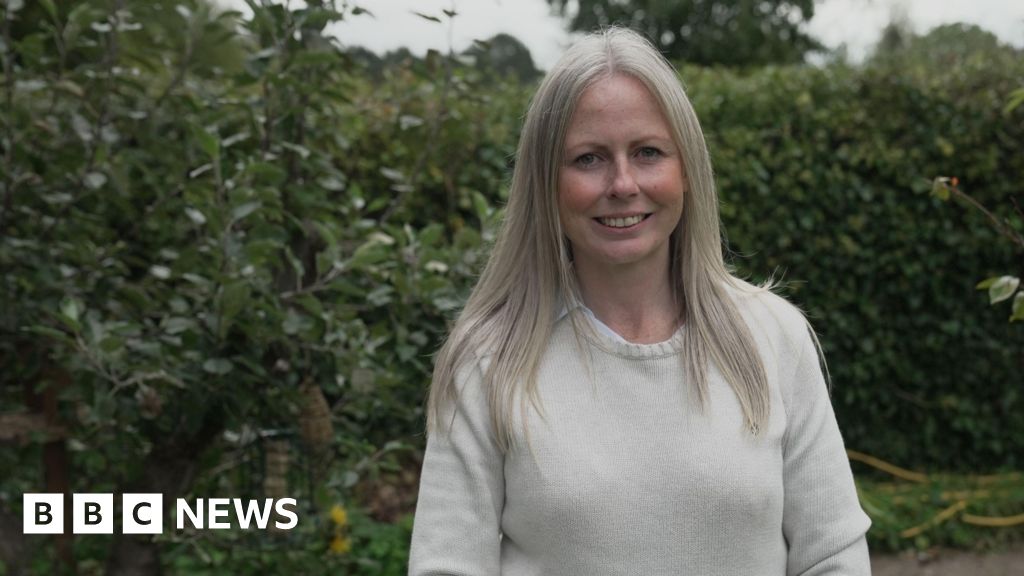Malcolm Prior and Jenny KumahRural affairs team
 Andy Alcroft/BBC
Andy Alcroft/BBCFor Emily Hough, nature was too often simply something “out there”, a world apart from her, a view…

Malcolm Prior and Jenny KumahRural affairs team
 Andy Alcroft/BBC
Andy Alcroft/BBCFor Emily Hough, nature was too often simply something “out there”, a world apart from her, a view…